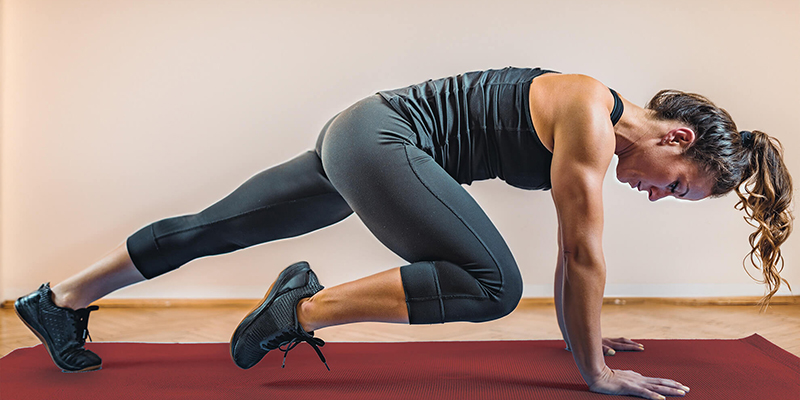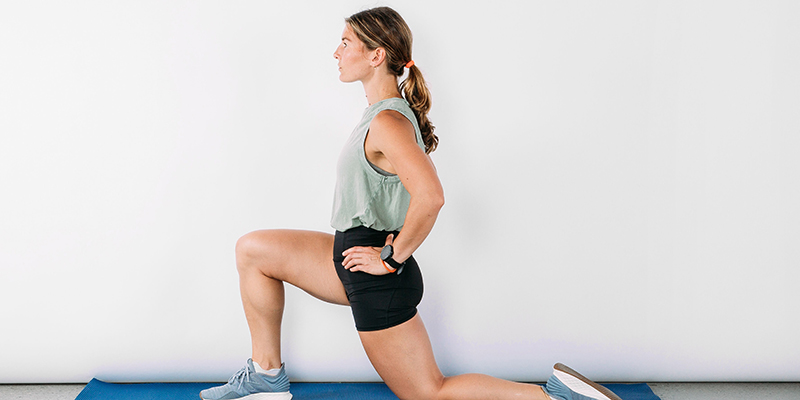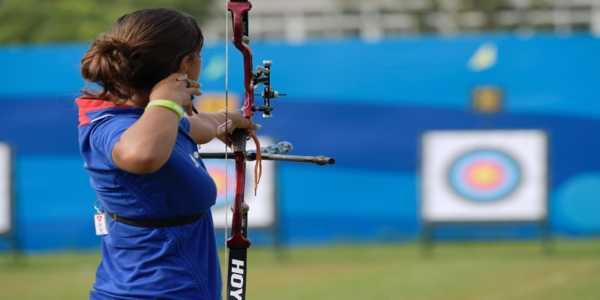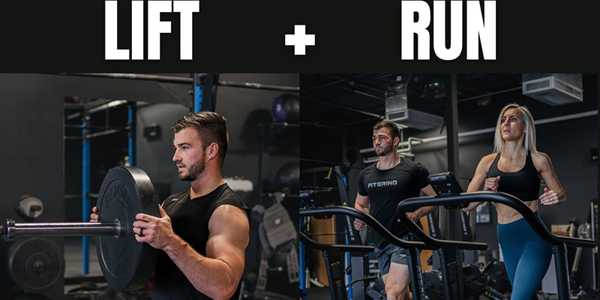Quick Workouts For Busy Schedules
Let's not kid ourselves—getting through everyday life can be overwhelming. From working towards deadlines to dealing with family necessities and managing personal tasks, getting to the gym might seem like a fantasy. Staying in shape doesn't mean you must crank out hours at the gym, which is excellent news! To fit your health goals into your schedule, workouts are designed specifically for busy people with little time to spare.

The Effect Of Short Workouts
As the world continues to get faster and faster, staying active daily is very important. Working out keeps us healthy and in shape but helps us think more clearly and feel better overall. Short daily exercises can dramatically enhance our mood, giving us enough reason to perform more routines. This article will highlight effective strategies and exercise techniques for those always racing against time to meet their deadlines.
Before I delve into the exercises, I want to explain why short workouts are as effective, if not more effective, than longer workouts. High-intensity interval training (HIIT) is known to be as effective as traditional endurance exercises with a shorter margin of time. You don't need to spend long hours on the treadmill; instead, focus on short bursts of activity followed by rest intervals. This makes it easy for you to burn more calories and improve your cardiovascular levels simultaneously.
In addition, this approach helps maintain motivation for more extended periods. If, for example, you fit in three 15-minute sessions instead of two hour-long sessions, you are more likely to make it a routine. Lastly, remember that everything you do positively improves your fitness levels.
Forming The Perfect Mini-Workout Routine To Suit Your Lifestyle
Now that we know the importance of quick workouts let us develop one that fits the unique aspects of your life. Here are four unique elements to consider:
1. Warm-Up: The Groundwork
Always prioritize starting each session with a "dynamic warm-up" lasting at least five minutes. Such movements prepare your muscles and joints for work while increasing your heart rate. Some examples include Jumping Jacks, Arm Circles, or Brisk Walking In Place. A good warm-up improves overall performance during the central portion and reduces injury risk within your workout.
2. Core Exercises: Sustaining Strength
Prioritize the select exercises that utilize the most muscle groups—compound exercises. Exercises like squats, push-ups, lunges, planks, and burpees are great additions to your routine. Each muscle movement focuses on different areas of the body, providing the ability to gain strength in all regions.
For example, lunges help tone thighs and calves while boosting core stability and enhancing balance and flexibility. Squats strengthen the legs and glutes, while push-ups build absolute body strength while working out the core simultaneously. Planks help support the muscles around your spine, aiding in good posture while providing the ability to work on the abdominal muscles and helping to achieve a strong midsection. Lastly, burpees are incredibly versatile as they help strengthen almost every body part while providing cardio for effective caloric burning.
3. Cardio Boosters: Elevating Heart Rate
Cardiovascular exercises increase oxygen intake and circulation, which helps the heart and lungs function. Add a few sets of jump rope, high knees, mountain climbers, or sprinting intervals to your mini workout schedule. Work for twenty seconds and rest for ten seconds, repeating the process eight to ten times. These protocols are very similar to HIIT protocols stated before and help obtain results in a short amount of time.
4. Cool Down & Stretch: Recovering Gracefully
After your workout routine, don't forget to stretch for a few minutes to allow your body to recover from the intense physical exertion. Recovery is aided by gentle stretching, which helps relax stiff muscles and reduces soreness. During the stretching exercises, concentrate on the key muscles you exercised and stretch them for 20-30 seconds. It is important to note that flexibility is one of the factors that help prevent injuries and increase motion.

Traditional Vs Quick Workouts Comparison
You might question whether these quick exercises work compared to traditional methods that take longer. As previously stated, both methods have pros and cons depending on individual needs and overall health. Quick workouts shine brightly under certain circumstances:
Time Efficiency: As previously mentioned, these workouts are incredibly effective for people who have no time due to their busy schedules but wish to remain physically active.
Convenience Factor: It does not necessitate any unique tools and can be executed just about anywhere, such as the house, office, park, etc., eliminating travel inconveniences related to gyms.
Motivation Booster: Achieving smaller milestones often encourages more motivation than larger ones, which are usually very daunting and complex and lead to procrastination.
That said, limitations are just as crucial. There will always be no elaborate practice sessions essential for optimum performance levels in specialized sports dissection for advanced athletes. I would not recommend a beginner unacquainted with the correct techniques for advanced moves without suggesting guidance, as it could induce injury.
Significance Outside Of Physiological Wellbeing
Participating in these exercises rigorously has an impact beyond something as superficial and skin-deep as improving the physical aspect of an active lifestyle. Improvements to mental health become clear almost instantly after an active lifestyle is implemented. 'Feel-good' hormones, also known as endorphins, which get released during exercise, help in reducing anxiety, Stress, and depression. Not to mention, better sleep helps stimulate the brain, thus improving the child's productivity and creativity when awake.
Additionally, being active encourages self-discipline and self-management. Over time, participants realize the barriers to holistic wellness that aren't just on the surface but stem from a culmination of awareness and realization. This understanding provides motivation, which fuels further self-advancement.
Insights Into Maintaining Momentum
Once motivation has dissipated, it is crucial to sustain your goals. To stay focused on different life situations, consider the following tips:
Variety: Switch between activities and use different routines to avoid monotony.
Accountability Partners: Build a support system by getting family and friends with similar hobbies.
Tracking Progress: Keep a record of achievements, no matter how tiny. Celebrate milestones to reinforce habits.
Reward Systems: Give yourself a treat when you achieve a specific task, but keep it reasonable to ensure motivation stays.
Remember, what works for one person may not work for another. Combine trial and error with self-reflection to find the elements that work for you.
Staying Consistent Amid Challenges
Now and then, life may knock you off your feet and disrupt your entire schedule. No matter the situation, being flexible is always critical. Lower the expectations until you return to your baseline, but remember that slowing your pace is always better than ceasing effort altogether. Understanding that your body needs breaks to recover and prepare for the next battle is also essential. Ensure you know whether you feel genuinely fatigued or lazy when taking a break.




